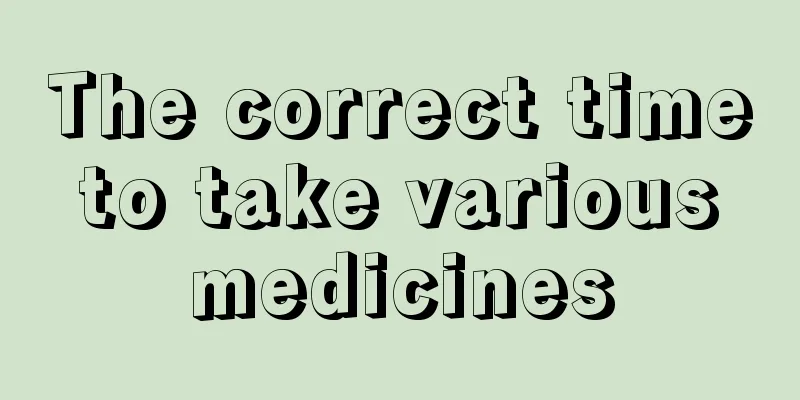What are the hazards of copper oxide to the human body

|
When it comes to the word "chemistry", everyone will probably think of it as a term that appears in junior high and high school textbooks. When we studied chemistry, we also learned about the impact of some chemical substances on people's lives, both good and bad. So how much do you know about copper oxide? In layman's terms, when the metal copper is exposed to air and oxidizes, it will form copper oxide. Copper oxide is most commonly seen in industry. So what harm does copper oxide do to the human body in daily life? Let’s find out together. Copper is a trace element in the human body. Edible copper oxide reacts with gastric acid in the stomach to form CuCl2, which will be absorbed by the human body. Once Cu2+ enters the human blood and exceeds the standard, it will cause heavy metal poisoning, mainly causing protein denaturation in the body. However, another toxic manifestation of copper is damage to red blood cells, causing hemolysis and anemia. Usually, copper oxide accumulates mainly in the liver after entering the body. Once the processing level of the liver is exceeded, copper is released into the blood. Excessive Cu (II) combines with -SH and accumulates in large quantities in red blood cells, causing oxidative inactivation of the enzyme system, damaging red blood cells, increasing the permeability of cell membranes, destroying their stability, making the cytoplasm and organelles susceptible to damage, and increasing denatured hemoglobin. On the other hand, copper combines with hemoglobin to form Heinz bodies, inactivating intracellular glucose-6-phosphate dehydrogenase and glutathione reductase, and reducing reduced glutathione, thereby aggravating the auto-oxidation of hemoglobin, causing a large amount of denatured hemoglobin to enter the blood, and ultimately leading to hemolysis and anemia. Copper oxide is most commonly found in industrial processes. It turns out that copper oxide can also be seen in many places in our real life, such as copper tableware, copper jewelry, etc. Copper may be inadvertently exposed to the air for a long time and come into contact with human skin, and it will unknowingly enter the human body and combine with the blood. We need to pay more attention to the harm of copper oxide to the human body. |
<<: Can softening water shrink pores?
>>: What harm does nicotine do to the human body?
Recommend
What are the symptoms of bone cancer
Bone cancer mainly includes primary bone cancer a...
Symptoms of cervical vertebra 123 protrusion
Nowadays, people are under increasing pressure in...
Why does my stomach hurt when I go to the toilet to defecate?
Everyone has to go to the toilet every day to exc...
Thumb nerve damage
Thumb nerve damage can cause sensory impairment i...
Differential diagnosis of colorectal cancer
Intestinal cancer is more common in middle-aged a...
What can children eat to nourish their brains?
Children need a lot of nutrients, so mothers shou...
Yoga exercises suitable for uterine cancer
Compared with modern medical radiotherapy and che...
10 tips for keeping healthy in summer
Here are the 10 best tips for keeping healthy in ...
What does it mean when spots appear on each part of the face
Many people don’t pay much attention to it. In fa...
Can pharyngitis cause neck pain?
Pharyngitis can cause many symptoms, such as itch...
What clothes should I wear with a navy blue scarf?
Navy blue looks dull and is a cool color. For nav...
How to make pickled mango
Mango is a tropical fruit. Most of the time, peop...
The harm of looking at mobile phone while eating is so great
Mobile phones have become an indispensable tool f...
What are the folk remedies for treating prostate cancer?
Prostate cancer is the most important type of tum...
What are the methods for treating thyroid enlargement
Sometimes we see that some people have thick neck...









